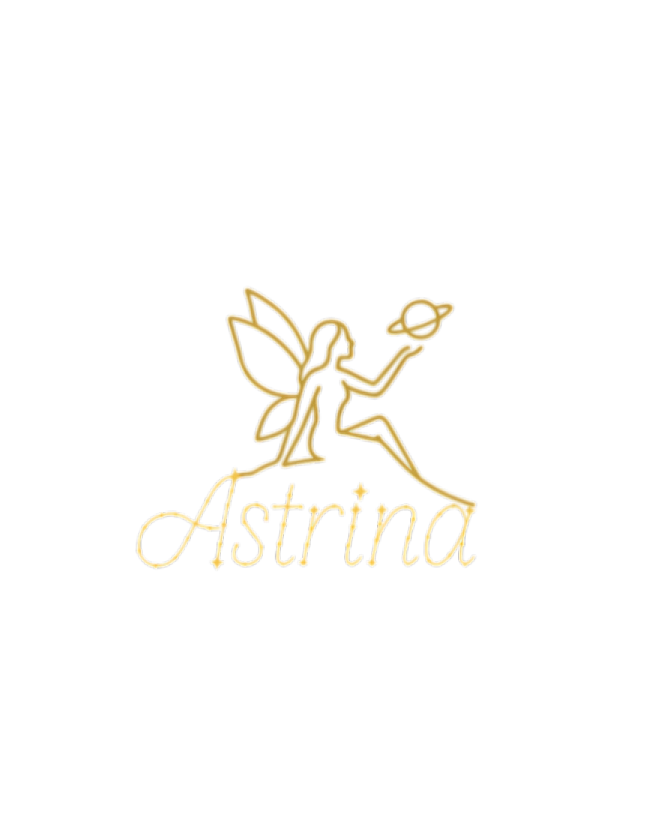Synastry is one of the most popular tools in astrology for analyzing relationships. It involves the study of two or more astrological charts to determine the compatibility, dynamics, and challenges that may arise between people. By studying synastry, we can explore the characteristics that make up our relationship with others, whether it is in love, family, or professional relationships.
How Synastry Works
Synastry is based on the comparison of two individual astrological charts and the study of planetary positions, aspects and signs. The astrologer looks at how one person's planets affect the other person's planets and houses, and the resulting interactions. The most important aspects in synastry are those that connect the Sun, Moon, Venus, Venus, Mars, Saturn, and Uranus, as these determine connection, communication, attraction, and relationship challenges.
The synastry acts as a "map" of the relationship, revealing both the positive and the difficult elements that can affect its dynamics. For example, if there is a harmonious aspect between one person's Venus and the other's Sun, the relationship is characterized by mutual understanding and appreciation. On the other hand, if there is a strong aspect between Mars and Saturn, tension or competition may arise, requiring patience and cooperation.
What Synastry Shows
Synastry can show multiple aspects of a relationship, such as:
- Compatibility and Attraction: It reveals where two people are compatible and what attracts them.
- Emotional Connection: The synastry looks at the Moon and Venus, which are related to emotional contact and emotional needs. Rulers of relevant houses, such as the 3rd for communication, the 5th for how one expresses love and other relevant factors help in coming to a relevant conclusion.
- Communication and Understanding: Mercury's position shows how easily the two people communicate and whether their conversations are characterized by openness or challenges. The rulers of houses 3, 9, 11 each show us how we communicate, think and socialize.
- Commitment and Stability: Saturn, for example, plays an important role in commitment and responsibility. If it has positive aspects, it can indicate stability and durability in the relationship.
- Dynamic Challenges: Aspects involving Mars, Uranus or Pluto, for example, reveal any tensions or conflicts that may arise in the relationship.
To whom the Synastry is addressed
Synastry is for any individual who wants to understand their relationships more deeply and explore their dynamics. It can be used in romantic relationships, marriages, family relationships, friendships and even professional partnerships. Partners who want to see if they have long-term potential, friends who want to understand their differences, and partners who want to create a more effective business relationship can benefit from synastry.
What are the Benefits of Synastry
Synastry offers valuable benefits that help to understand and improve relationships. The main benefits include:
- Self-Awareness and Inner Development: synastry reveals the positive elements and weaknesses that may not always be obvious in everyday interaction.
- Better Communication: The study of synastry allows an understanding of how each person communicates and helps to adjust the way they communicate to reduce tensions.
- Mutual Understanding: By analyzing the emotional and psychological needs of each person, synastry helps to cultivate mutual understanding and acceptance.
- Strengthening Commitment and Loyalty: Synastry helps individuals view their relationship from a more stable basis, enhancing commitment and loyalty.
- Evolution and Development of the Relationship: Helps individuals to identify areas where they can develop as a couple or as partners in order to build a more fulfilling relationship.
What Elements Are Needed for Synastry
In order to make the synastry, specific data are needed to help the astrologer read the individual charts. These include:
- Date of birth: The exact date of birth of the two persons.
- Time of birth: The exact time is important to determine the exact planetary positions and houses.
- Place of birth: The place of birth influences the individual chart and gives the full picture of the astrological analysis.
- For those who confuse synastry with the method of answering specific questions (hourly astrology), it should be stressed that the former shows us much more details/information and, indeed, in the long term, unlike the latter which answers specifically to what we asked and usually shows us what is expected to happen in a period of up to 6 months.
Conclusion: Synastry as a Guide to More Integrated Relationships
Synastry is not only a tool that reveals compatibility, but also acts as a guide to help improve relationships. It shows which traits can be developed to strengthen the connection and which areas need understanding and adjustment. Whether in love relationships, family or professional partnerships, synastry offers valuable insight for self-awareness and understanding of others.
Knowledge of synastry gives individuals the tools to build healthier and more harmonious relationships, to cultivate communication and to face challenges with an open mind and a willingness to evolve.
If you are interested in studying your own synastry with your man, a family member, your business or your partner, you can find me here.
